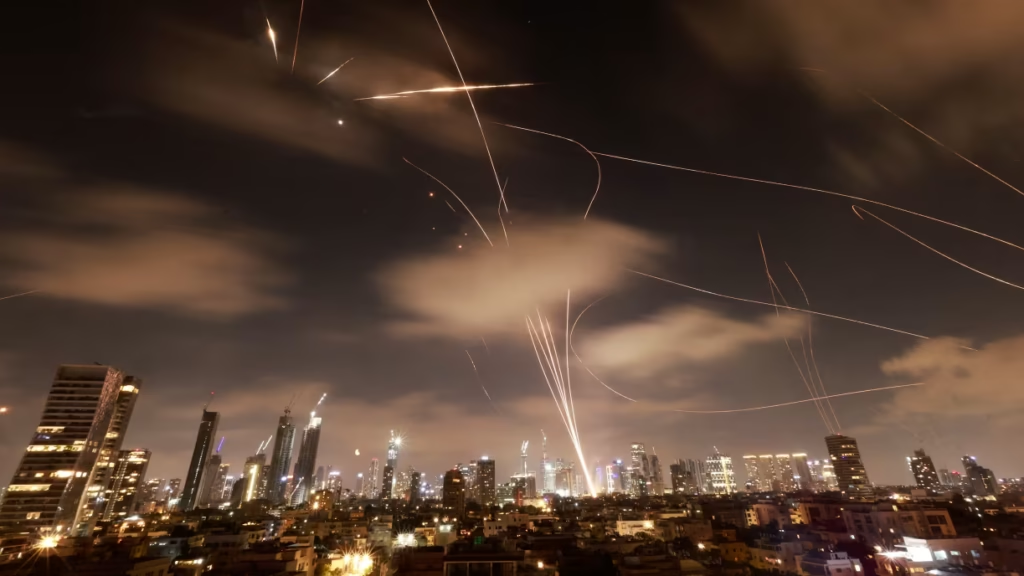On July 28 a CNN report revealed that the United States fired roughly one quarter of its Terminal High Altitude Area Defense interceptors during a twelve day war between Israel and Iran in June. Two of the seven US THAAD battery units were deployed to support Israeli defense where more than one hundred fifty interceptors were launched against incoming ballistic threats.
Each THAAD interceptor carries an estimated price tag of twelve point seven million dollars and is designed to neutralize short to intermediate range ballistic missiles in their terminal phase. The unexpected scale of usage exposed critical gaps in missile defense readiness and strained existing stockpiles.
Naval forces also launched roughly eighty SM three interceptor missiles during the conflict further depleting US reserves. This combined use of land based THAAD and sea based systems proved effective at saving lives yet some threats still penetrated defense layers highlighting the need for enhanced coordination and real time sensor data sharing among allied partners.
Pentagon officials warn that replenishing consumed interceptors could cost up to two billion dollars and that building resilience against mass missile barrages will require investments in next generation interceptors and layered counterstrike capabilities. Lawmakers are now debating increased budgets and streamlined production processes to ensure US forces can sustain high intensity air defense operations in multiple theaters simultaneously.
The shortage also revived discussions about the strategic role of allied contributions and stockpile sharing agreements in extending deterrence across critical regions. As global missile threats rise from state and non state actors alike the US military is under pressure to adapt procurement policies and accelerate research into advanced interceptor designs capable of countering emerging hypersonic and saturation attack tactics.


